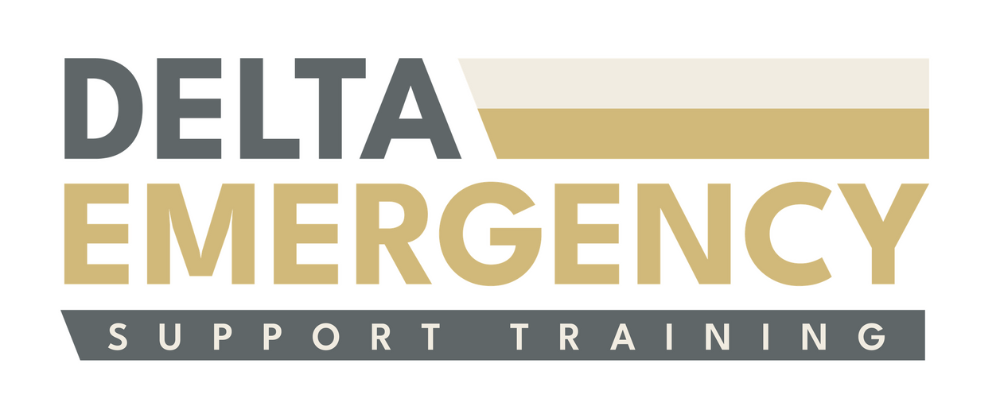Fevers in Children: Recognizing, Treating, and Staying Safe
/Fevers are common occurrences in children and are often a sign that the body is fighting off an infection. As a parent or caregiver, it's important to understand what a fever is, how to recognize it, and how to respond appropriately. In this blog, we will explore the basics of fevers in children, including normal and high temperatures, the signs of a fever, why fevers can be dangerous, and effective treatment strategies.
mother comforting child with a fever
What is a Fever?
A fever is a temporary increase in body temperature that occurs in response to an infection or illness. It is the body's natural response to fight off harmful pathogens. The normal body temperature for children typically ranges between 97°F (36.1°C) and 99°F (37.2°C). A temperature above this range is considered a fever. It's important to note that fever itself is not an illness but a symptom indicating that the body's immune system is actively responding to an infection.
Recognizing a Fever:
Recognizing the signs of a fever is essential in providing appropriate care for your child. Common indicators of a fever include:
Elevated body temperature: Use a reliable thermometer to measure your child's temperature accurately. A rectal, ear, or temporal artery thermometer is recommended for the most accurate readings.
Warm or flushed skin: Your child's skin may feel warmer than usual or appear flushed. Check for warmth in their forehead, chest, or back.
Chills and shivering: Some children may experience chills and shivering as the body tries to raise its temperature to fight off the infection.
General discomfort: Your child may feel irritable, tired, or experience body aches and headaches. They may appear less active or have a decreased interest in play.
Loss of appetite: During a fever, children may have a reduced desire to eat or drink. It's important to ensure they stay hydrated to prevent dehydration.
Understanding the Risks of Fevers
While most fevers in children are harmless and resolve on their own, it's crucial to be aware of potential risks associated with high temperatures:
Dehydration: Fevers can lead to increased fluid loss through sweating. Encourage your child to drink plenty of fluids such as water, clear soups, and oral rehydration solutions to prevent dehydration.
Febrile seizures: Some children may experience febrile seizures, which are seizures triggered by high fevers. Febrile seizures can be distressing for parents, but they are usually brief and do not cause long-term harm. If your child has a febrile seizure, stay calm, lay them on their side, and ensure their safety. Seek medical attention if it is their first seizure or if it lasts longer than a few minutes.
Underlying infections: Fevers can be a sign of an underlying infection, such as respiratory tract infections, urinary tract infections, or ear infections. It's important to monitor your child's symptoms closely and consult a healthcare professional if necessary for diagnosis and appropriate treatment.
Treating Fevers
When it comes to managing fevers in children, the primary goal is to keep them comfortable and monitor their symptoms. Here are some strategies to consider:
Encourage rest and comfort: Ensure your child gets plenty of rest to support their recovery. Dress them in lightweight clothing and provide a comfortable environment. Use a light blanket if needed to prevent chills.
Maintain hydration: Offer your child frequent small sips of water, clear fluids, or oral rehydration solutions to prevent dehydration. Avoid sugary drinks and caffeinated beverages.
Over-the-counter medications: Consult your child's healthcare professional before giving anyfever-reducing medications, such as acetaminophen or ibuprofen. If approved, follow the recommended dosage and guidelines carefully. Medication should not be given to infants under the age of three months without medical guidance.
Cool compresses: If your child feels uncomfortable due to the fever, you can use cool washcloths or lukewarm sponge baths to help bring down their body temperature. Avoid using cold water or alcohol-based products, as they can cause shivering and make the fever worse.
Monitor symptoms: Keep a close eye on your child's symptoms, including their temperature, behavior, and overall well-being. Make note of any changes or concerns. Seek medical advice if symptoms worsen, persist, or if new symptoms arise.
Seek medical attention: If your child is under three months old and has a fever, contact their healthcare professional immediately. Also, seek medical attention if your child's fever is persistently high (above 102°F or 38.9°C), they appear significantly ill or distressed, or if they exhibit concerning symptoms such as difficulty breathing, severe headache, rash, or stiff neck.
Fevers are common in children and are usually a sign that their body is fighting off an infection. By understanding what a fever is, recognizing the signs, and responding appropriately, you can help manage your child's fever effectively. Remember to focus on keeping your child comfortable, promoting hydration, and monitoring their symptoms closely. Seeking medical advice when necessary ensures the well-being and safety of your child. Always consult with a healthcare professional for proper diagnosis and guidance tailored to your child's specific condition.




